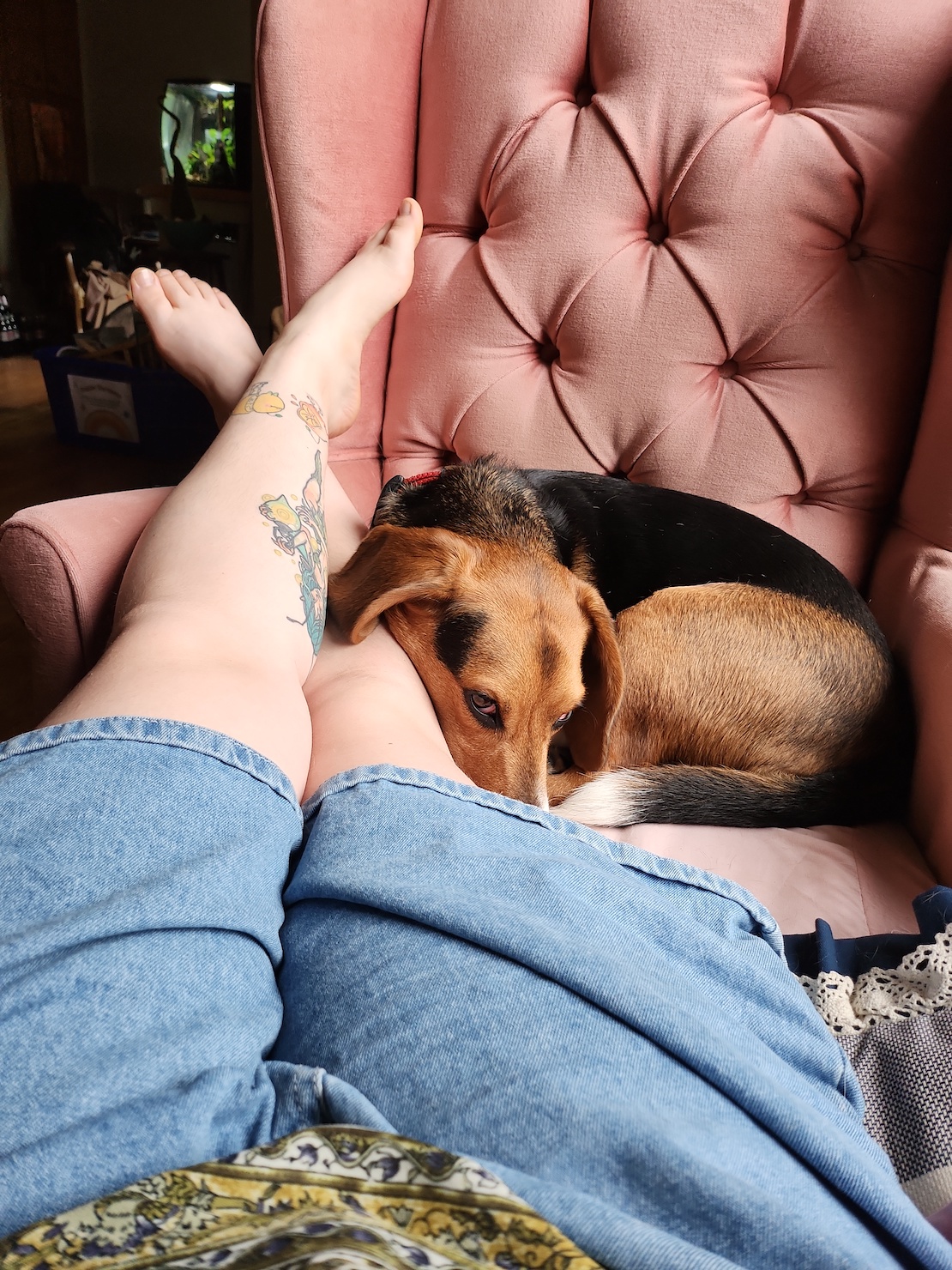In our daily lives, appreciation and gratitude are more often felt than spoken. While words have the power to heal and connect, the silent language of appreciation—our gestures, facial expressions, and presence—speaks volumes without uttering a single syllable.
This form of non-verbal communication is a profound tool for enhancing relationships, conveying respect, and fostering a supportive atmosphere in both personal and professional contexts. By mastering this silent language, we can create deeper connections and more meaningful interactions every day.
Understanding the Basics of Non-Verbal Communication
Non-verbal communication encompasses all the ways we convey messages without words. This includes facial expressions, body language, gestures, eye contact, and postures. Each element plays a pivotal role in how we express ourselves silently. At its core, non-verbal communication is guided by the subconscious, revealing our true feelings and intentions beyond words.
This type of communication is essential because it often carries more weight than verbal communication, providing cues to others about our true feelings and helping to build rapport and trust.
The Role of Body Language in Expressing Appreciation
Body language is a powerful component of non-verbal communication, particularly when it comes to expressing appreciation. Simple gestures like a warm smile, a nod of approval, or a reassuring pat on the back can significantly enhance the message of gratitude. Such actions are universally understood, breaking down barriers of verbal language and cultural differences.
Touch: A Silent Communicator of Gratitude
Touch is another subtle yet profound element of non-verbal appreciation. A handshake, a hug, or a pat can strengthen personal bonds and convey a deeper sentiment of thankfulness or connection. Scientific studies suggest that physical touch releases oxytocin, known as the “love hormone,” which plays a crucial role in forming social bonds and increasing feelings of attachment and intimacy.
Spatial Dynamics in Appreciation
The way we position ourselves in relation to others also communicates a lot. Being physically close to someone, facing them directly, and maintaining an open posture can silently signal attentiveness and respect. These non-verbal cues make the person feel valued and appreciated, enhancing the overall interaction.
Facial Expressions and Eye Contact
Facial expressions are the mirrors of our emotions, capable of expressing a spectrum of feelings from joy to sorrow without a word. In the context of appreciation, a sincere smile or a joyful expression can light up someone’s day, making them feel truly acknowledged and valued.
The Impact of Eye Contact
Maintaining eye contact is a potent tool in the silent language of appreciation. When someone speaks, looking them in the eyes with genuine interest conveys that you are fully engaged and value what they have to say. This level of engagement is reassuring and builds stronger, more honest relationships.
The Subtlety of Gestures
Gestures are like the punctuation marks of our silent sentences; they emphasize, clarify, and enhance the meaning behind our non-verbal messages. A thumbs-up, a wave, or a nod can all be used to express agreement, acknowledgment, or appreciation without interrupting the flow of interaction.
Cultural Nuances in Gestural Communication
While gestures are universal, their interpretations are not. A gesture that is considered appreciative in one culture may be offensive in another. Understanding these cultural differences is crucial for effectively conveying appreciation across diverse groups. This not only prevents miscommunications but also shows respect and cultural sensitivity.
The Power of Presence
Being fully present in interactions stands out as a profound yet often overlooked method of showing appreciation non-verbally. This involves more than just physical presence—it’s about engaging fully with another person during your time together. This kind of attention signals to others that they are valuable and what they have to say matters.
Active Listening as a Form of Appreciation
Active listening involves giving your full focus to the speaker without planning your response while they are talking. It includes nods, slight smiles, or other facial acknowledgements, leaning slightly forward, and maintaining eye contact. These cues collectively communicate that you are deeply engaged in the conversation and appreciate the interaction. Such behavior not only enhances communication effectiveness but also strengthens relational bonds.
The Role of Attentive Silence
Silence does not necessarily imply a lack of communication. On the contrary, when used correctly, it shows profound respect and consideration. Attentive silence allows the speaker to express themselves fully without interruption, showing that you value their perspective highly enough to pause your own thoughts and listen.
Integrating Silent Appreciation into Everyday Life
Incorporating silent expressions of appreciation into daily life can significantly impact your personal and professional relationships. It’s about making small changes in how you interact with others to communicate more effectively and warmly without always using words.
Practical Tips for Everyday Use
- Smile Genuinely: Whether you’re greeting a colleague or thanking a server, a genuine smile goes a long way.
- Maintain Appropriate Eye Contact: This shows confidence and interest in the interaction.
- Use Touch Wisely: A handshake or a light pat on the back can be reassuring and create a more positive interaction.
- Be Mindful of Your Posture: Open, approachable body language makes you seem more receptive and appreciative.
Consistency Is Key
Consistency in your non-verbal cues fosters trust and authenticity. It’s crucial to align your verbal messages with your non-verbal behaviors. Regularly engaging in these practices can help you naturally incorporate them into your interactions, making them a part of your communication style.
The silent language of appreciation offers a unique and powerful means to enhance every interaction you have. By becoming more aware of and improving your non-verbal communication skills, you can profoundly impact your relationships, making those around you feel truly seen, heard, and appreciated.
Let’s embrace these silent cues as essential tools in our communication repertoire, transforming everyday interactions into opportunities for connection and affirmation.
















